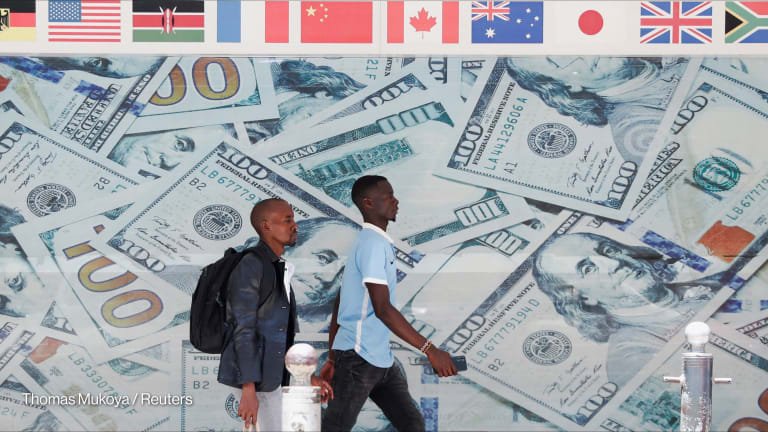Nearly five years after the height of the pandemic, unsustainable debt burdens remain an economic long-COVID symptom that many countries are still struggling to shake. As we look toward 2025, a critical opportunity has emerged for the global development community to redefine its approach to supporting these countries and build economic resilience.
While the full-scale debt crisis that many feared in the wake of COVID-19 has largely been sidestepped, low- and middle-income countries are grappling with a persistent liquidity crisis that is preventing them from investing in essential services for their people — things like health care and education, which are critical to achieving their growth and development goals.
Left unchecked, many of these countries could end up defaulting on their debt and facing protracted restructuring processes that could all but cement a historic reversal in development.








